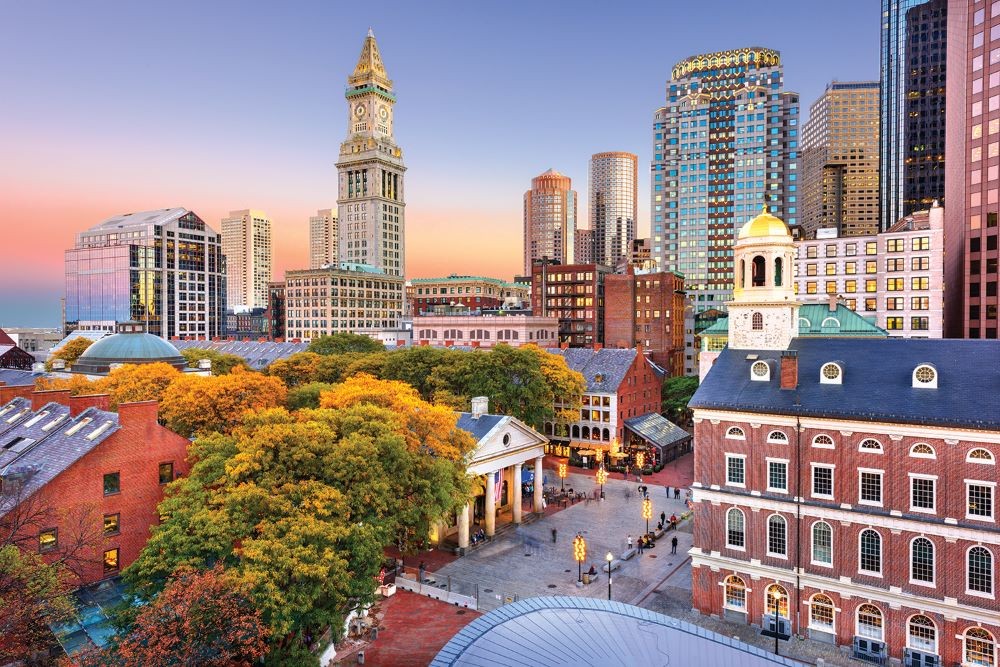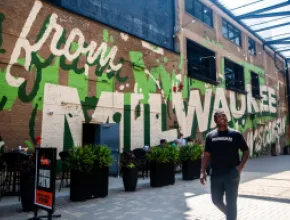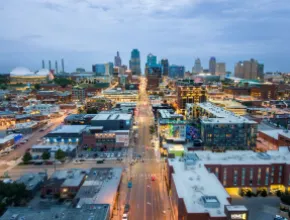After leading Rhode Island’s capital city to record visitor growth in her 12 years as president and CEO of the Providence Warwick CVB, Martha Sheridan did not have to travel far for her next leadership opportunity. Starting in February 2019, she brought her 25-plus years of destination marketing success to neighboring Massachusetts, where she succeeded Patrick Moscaritolo as president and CEO of the Greater Boston CVB (GBCVB).
“Year one was great as I was welcomed across the Boston community while focusing on my organizational plan,” Sheridan said. “Then came the COVID-19 rollercoaster ride, and with it, the most challenging year of my career.”
On the flip side, navigating the crisis has been “amazingly fulfilling.”
Speaking by phone in February the day after Massachusetts announced increased capacity limits under Phase 4 of the state’s reopening plan, Sheridan discussed the significant efforts under her watch that are poised to bolster Boston’s visitor economy while dynamically enhancing its image.
Game-Changing Legislation Addresses a Crucial Budget Gap
Sheridan hit the ground running by tackling a pressing issue that has hampered Boston for years—insufficient tourism funding.
As the third largest industry in Massachusetts, tourism generates $22.6 billion in economic output for Greater Boston alone, and $40 billion state-wide.
Yet, only thin slices of that pie reach state and regional tourism agencies.
“With no dedicated hotel tax invested in tourism promotion in the Commonwealth, we rely heavily on private sector dollars,” Sheridan explained. “This results in significant underfunding compared to our competitive set and puts our organization at a competitive disadvantage in the global marketplace.”
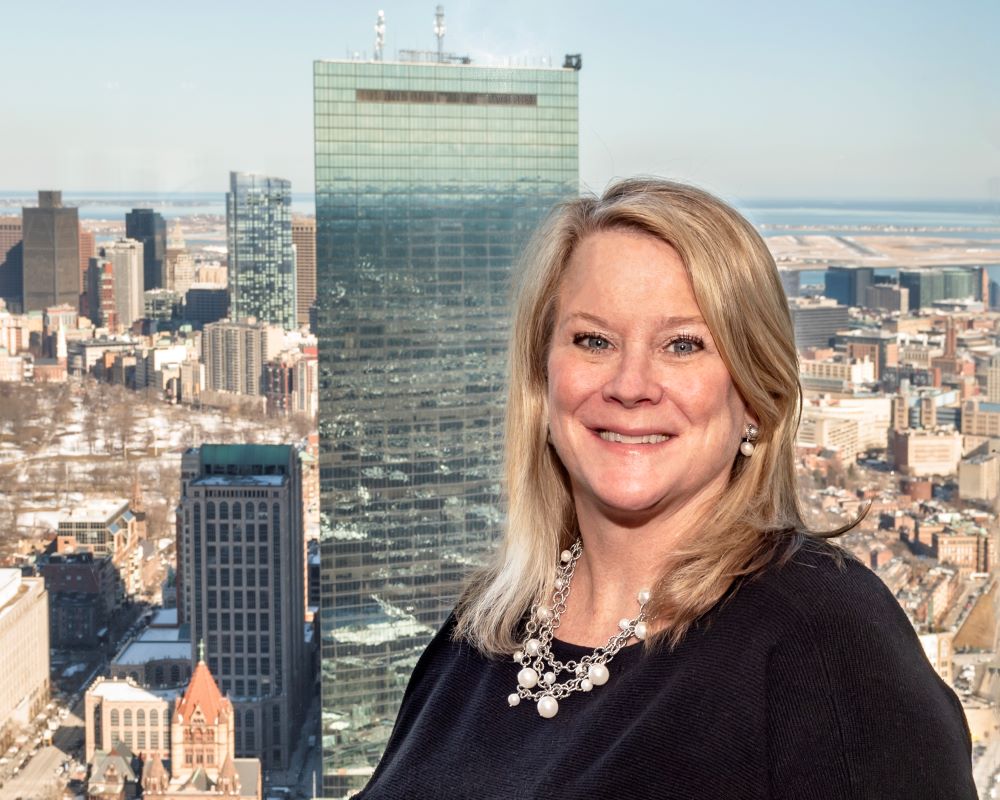
Research presented by the GBCVB illustrates the acute divide. In fiscal 2019, Greater Boston collected $318 million in lodging tax as part of a statewide total of $513 million. After allocations for non-tourism general expenses ($400 million) and convention centers ($103 million), the remaining $10 million went to the state and regional tourism offices. The GBCVB’s share was $2.1 million.
Atlanta leads Boston’s seven-city meetings competitive set with a $35.2 million tourism budget. Nashville and Philadelphia both get $31 million, with $24.7 million in D.C. Boston is last, operating on a $7.4 million budget.
In response, Sheridan has championed the formation of Tourism Destination Marketing Districts (TDMDs) in Massachusetts.
Also known as Tourism Improvement Districts (TIDs), this proven funding vehicle, first adopted by West Hollywood in the mid-’90s, is based on hotel-imposed guest fees in addition to a bed tax. Defined as a benefit assessment versus a tax, all proceeds are managed by a governance board for DMO deployment to fund tourism marketing and promotion.
As noted in the GBCVB’s 2020 Marketing Plan, many competitors “have a TMD (Tourism Marketing District) assessment that helps maintain lower costs through an incentive fund for prospective meetings and conventions.”
Establishing a TID starts with legislative approval, which Mary Kay Wydra, president of the Greater Springfield CVB in Western Massachusetts, has been seeking since 2017. Sheridan has mounted her own full-court press for the enabling legislation.
“I spent my first year socializing the concept with my board, my stakeholders and partners, including a local lobbying firm and a steering committee of local hoteliers,” she said.
With other allies including John Lambeth, president and CEO of Sacramento, California-based Civitas, the firm that pioneered TIDs, “the legwork and education were creating good traction” before COVID-19 struck.
The pandemic would provide the TDMD effort with a silver lining, however, as the resulting decimation of Boston’s hotel and meetings industries, compounded by tight restrictions, was hard for lawmakers to ignore.
This January, Gov. Charlie Baker signed an economic development bill with a provision enabling the formation of TDMDs in Massachusetts. For Boston, the legislation requires approval from 62% of hotels with 50 or more rooms in Boston and Cambridge, and from both city councils. The draft plan proposes an assessment of 1.5%.
“Heading into the final stages, the TDMD project is a game-changer for us,” said Sheridan, who is concurrently preparing to market a dynamic new image of Boston to the world.
[Related: 4 Fresh Hotel Renovations and Openings in the East]
Casting a New Image of Boston
Earlier this year, the GBCVB partnered with the City of Boston on a CARES Act-funded campaign that included comprehensive qualitative and quantitative research into impressions of Boston among locals and potential visitors.
“The findings were definitely out of line with how we perceive the destination,” Sheridan said. “Owing again to the lack of adequate funding, we have not been able to properly tell our own story. Instead, it was left to others, such as filmmakers and our professional sports teams.”
Founded in 1630, Boston is globally recognized as a seat of revolution, cradle of innovation and treasure trove of Americana. Yet Hollywood especially can create a skewed, one-dimensional impression of the city. With few exceptions, such as the romantic drama Good Will Hunting, most Boston-based films, to borrow from the local vernacular, are “wicked hard core.”
Acclaimed entries such as The Fighter, Black Mass, Spotlight and The Departed portray an unrelentingly tough and gritty town. Lighter stereotyping includes Saturday Night Live skits and the cheerfully inappropriate “Your Cousin from Boston” in Samuel Adams’ current ad campaign.
“Boston has so many more dimensions than The Freedom Trail, lobsters and chowder,” Sheridan noted. “Those stories just were not being told, which really resonated in the research.”
Other problematic impressions include a perceived lack of diversity and fallout from the April 2020 “superspreader” Biogen meeting.
“That was a scarlet letter for a city that prides itself as a leader in healthcare and biomedical research,” Sheridan said. “We want to be seen as the city that gets visitor safety right.”
Even before the pandemic, the GBCVB was scripting a compelling new narrative for “the Boston of today.”
Taking a page from her Providence playbook, Sheridan is seeking to elevate the profile of historic, culturally diverse neighborhoods such as Roxbury, Chinatown and East Boston.
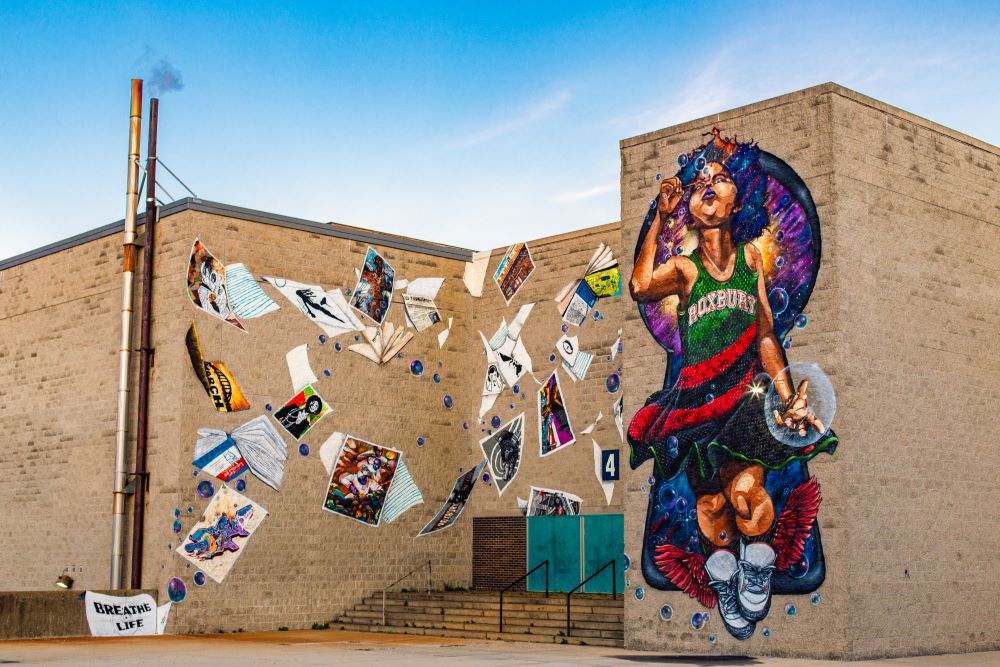
“We are also going to make a concerted effort to diversify our market mix,” Sheridan said. “Coming out of the events of 2020, most destinations recognized that they were not intentional enough in terms of attracting diverse visitors and meetings, so that is another priority going forward.”
“Meet Small, Dream Big” centers on Boston’s historic track record of “revolutionary results” from smaller meetings. The bureau is also developing a local ambassador campaign to encourage Boston corporations to keep their meetings in town.
“Marketing has really stepped up in supporting sales,” Sheridan said. “Before the pandemic, around 20 people attended our regular meeting of local sales and marketing directors. Now around 80 join, with a pronounced focus on forward-thinking strategies. Seeing those folks step from behind the scenes to show their strengths has been great, along with demonstrating to our destination the value that marketing campaigns create.”
Crediting her former colleague Kristen Adamo, who succeeded her in Providence, “with teaching me marketing lessons that are now paying off for Boston,” Sheridan is upbeat about the road ahead.
“My phone rang off the hook yesterday following the announcement of the eased restrictions ahead,” she said. “I never thought I’d hear such excitement from hoteliers being able to host 100-person meetings! There is still work to do, but I am confident in our new direction.”
Plus: A Robust Outlook for Hotel Recovery
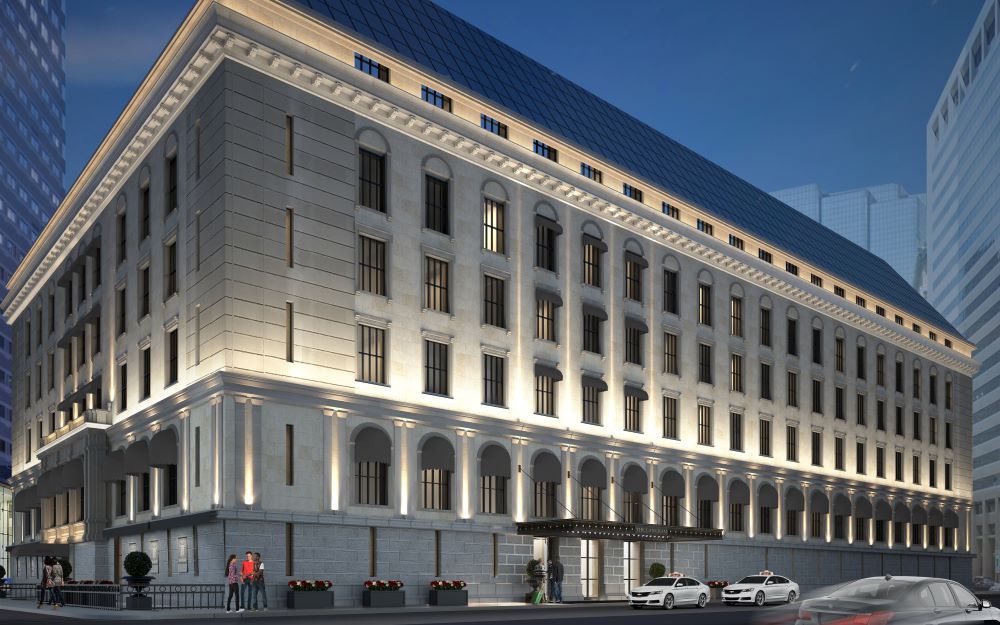
Shortly before his retirement on Valentine’s Day 2019, Pat Moscaritolo, who led the Greater Boston CVB (GBCVB) for 28 years to the day, told Inbound that, “About every eight to ten years, Boston re-invents itself.”
I can personally attest to profound changes since, having regularly visited Boston since 1983, when Chinatown was at the heart of the notorious “Combat Zone” and the Seaport District—apart from much-missed dining destinations Jimmy’s Harborside and Anthony’s Pier 4—was for intrepid travelers only. That includes charting the evolution of Boston’s group market since 2006 for Meetings Today.
Overseen by his successor, Sheridan, the latest transformative cycle includes funding, marketing, and promotional measures designed to bolster Boston’s competitive strength while diversifying its visitor appeal.
These measures coincide with projected healthy recovery for Boston’s lodging and group markets.
According to the Pinnacle Advisory Group’s February 2021 “Boston & Cambridge Lodging Market Update” report, Boston hotels experienced the second largest major market decline in RevPAR for 2020 at 74.4%. Boston was just behind NYC, which had the steepest decline, and just ahead of San Francisco and Chicago, which were 3rd and 4th, respectively.
The outlook for this year and beyond improves considerably, however. The same report, prepared for the GBCVB, projects RevPAR to increase by 86.1% in 2021 on a 42% rise in occupancy. Drivers include a 73% increase in demand and 6.4% increase in inventory.
- Leading the new supply of 2,147 midscale, upscale and luxury rooms for 2021 is the 1,054-room Omni Boston Hotel at the Seaport. Set to open this summer across the street from the Boston Convention & Exhibition Center (BCEC), the twin-tower property adds an important large room block component to the market. Groups will have 100,000 square feet of flexible indoor and outdoor space, including the Seaport’s largest ballroom at 26,000 square feet.
- Highly anticipated, too, is the slated spring reopening of the sweepingly transformed 312-room The Langham, Boston, offering 11 distinct function venues totaling over 13,000 square feet.
- Another five-star spring arrival is the relaunch of the former Taj as the Newbury Boston, with 286 keys and 16,000 square feet of versatile space.
- Other 2021 openings include the expanded 83-room Hilton Garden Inn Logan; 245-room Hampton Inn Boston Seaport; and 166-room Homewood Suites Boston Seaport.
With 19 approved Boston and Cambridge hotels totaling 3,293 rooms in the pipeline and another 10 with 2,951 rooms under review, Pinnacle projects a return to pre-pandemic demand by 2023, with occupancy, ADR, and RevPAR levels by 2024 and 2025.
Dependent on factors including the vaccination rollout, the federal response to liability protections, and large company policy on travel, Pinnacle sees corporate business starting to return in Q3 2021. Citing 10 Q2 event bookings totaling over 58,000 room nights at the BCEC and the Hynes Convention Center, and strong, mostly social in-house bookings for Q3 and Q4, Pinnacle believes that the return of groups will be “robust.”
Announced by the governing Massachusetts Convention Center Authority in December 2019, the sale of the Hynes, with proceeds going toward the estimated $500 million expansion of the BCEC, is still pending. The Hynes, which took over from Fenway Park as a mass vaccination site this March, will reportedly continue to host conventions through 2023.
Connect
Greater Boston CVB
617.536.4100
Read this next: Boston’s Performing Arts Venues Put on a Show for Meetings and Events


